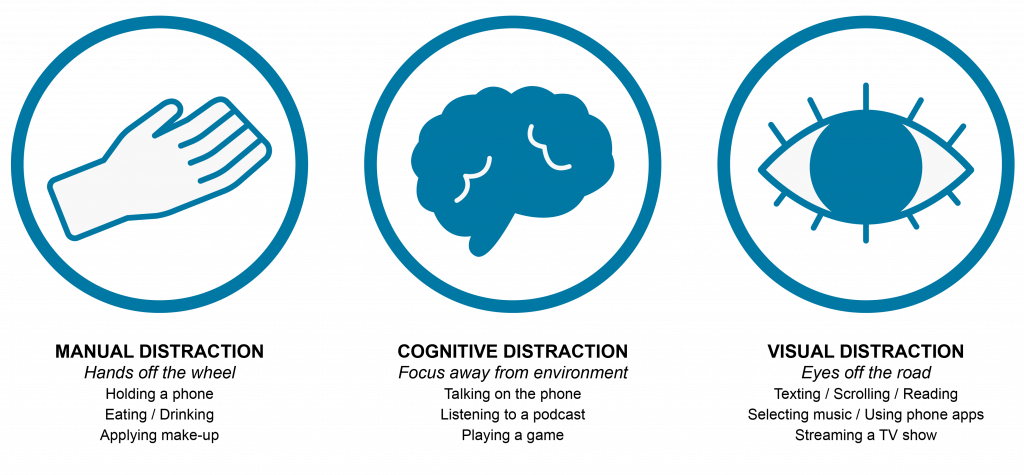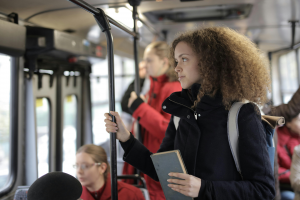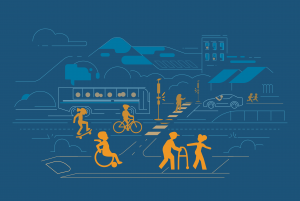
Distracted? Then Don’t Drive
April is Distracted Driving Awareness Month.

Distracted driving is a problem that we are all aware of, but it is also notoriously difficult to quantify the scale of. This is due to the wide array of distractions that impact car drivers, which increasingly cost in terms of lost lives, property and serious injuries. More needs to be done by car and mobile phone manufacturers to restrict distractions while driving – promoting safety through software and hardware. For now though, we are left to self-discipline for the sake of public health: when we drive a car, we should do so with as few distractions as possible.
Over time, technology has put more screens into our hands and cars. Anti-distraction campaigns have repeatedly warned “Don’t text and drive!” – some have listened and obeyed – but with mounting numbers of distractions in our lives, drivers are lured to direct their attention away from the wheel, the road and the surrounding environment.
There are three general categories of driver distraction: Manual, Cognitive and Visual.

Some of these are so commonplace that, as passengers, we can feel uncomfortable asking the driver to stop their behavior. For instance, have you seen a driver hold a phone in their hand for navigation while driving – perhaps also while talking on the phone, sending messages or queueing up music?
As nearly constant use of smart phones and hybrid work environments have merged our spaces, many habitually answer calls, texts and emails while driving. Then there are others who regularly eat, shave or brush their teeth at the wheel because of their full or unpredictable schedules.
The seconds you save multitasking at the wheel aren’t worth the risk you are taking with your life and the lives of the people around you.
At 55mph, taking your eyes, hands or mind off of driving for 5 seconds equates to driving the length of a football field with your eyes closed (NHTSA).
Choose to be safe
Instead of driving while distracted:
- Use public transit. If you need to use your device while commuting, take a bus, a train or a ride-hailing service to reach your destination without endangering others. You can also sleep, read or chat with a friendly passenger without needing to keep your eyes on the road and hands on the steering wheel.
- Mount your device on the car’s dashboard to use your mobile phone’s navigation app. Never hold your phone in your hand while driving.
- Set your notifications to “do not disturb” or “focus mode” to limit distractions.
- If riding alone, select a podcast or playlist before starting your drive.
- Consider carpooling with peers or colleagues, and ask a passenger to handle navigation and listening selections.
- Don’t drive with headphones on or with loud music that drowns out the sounds from the road environment. Hearing the sounds outside your car, such as approaching emergency vehicles, are critical to hear and react to.
- Don’t accept phone calls while driving – and if an important call or message arrives, pull off in a safe location to respond to it.
Please be vigilant both at the wheel and in the passenger seat. Don’t allow yourself or others to operate a vehicle while distracted. Stay safe and enjoy the journey!

Want to work with us? Feeling inspired?
Contact us at info@dcrdesign.net or checkout our social medias: LinkedIn, X and Instagram
For more information visit:
Vision Zero, safe systems approach and NHTSA




